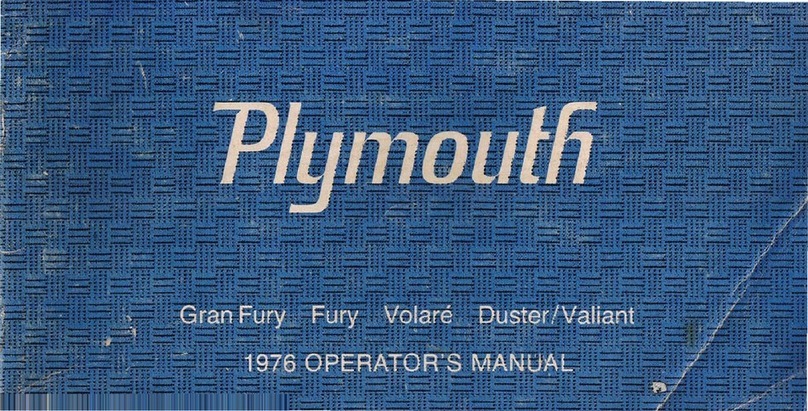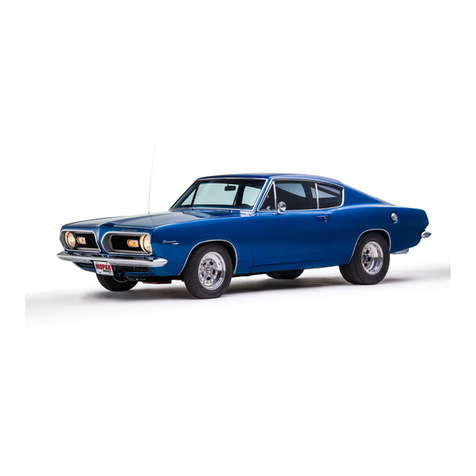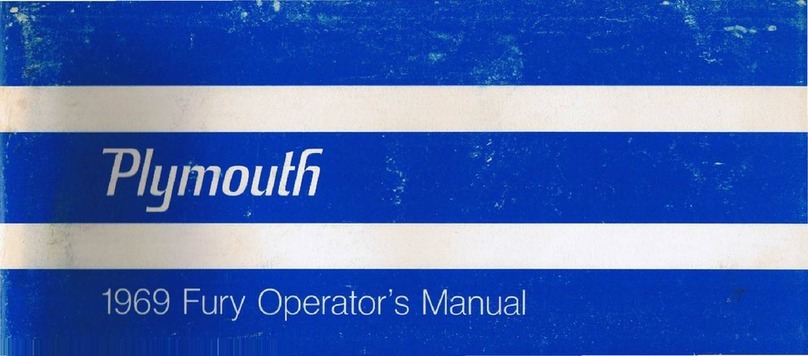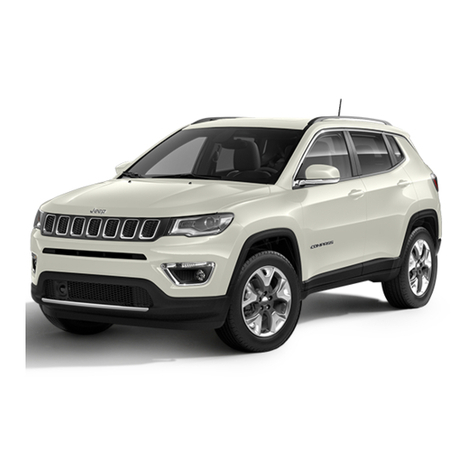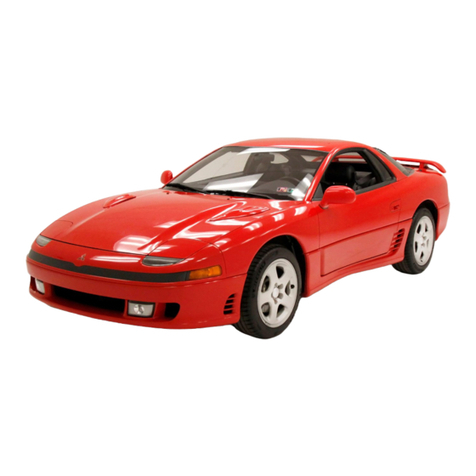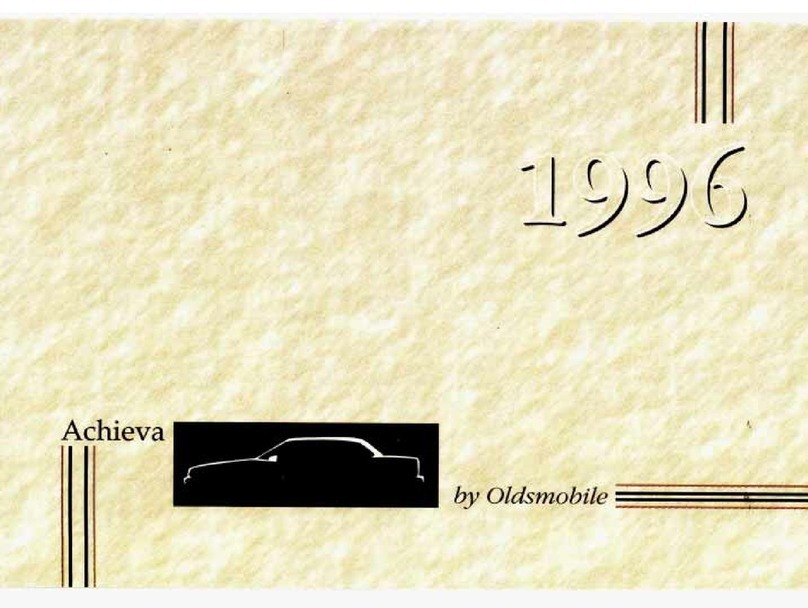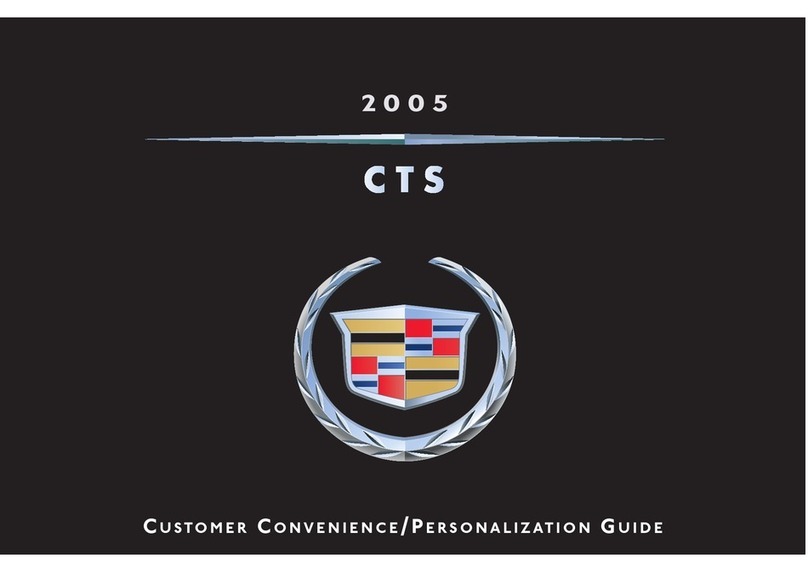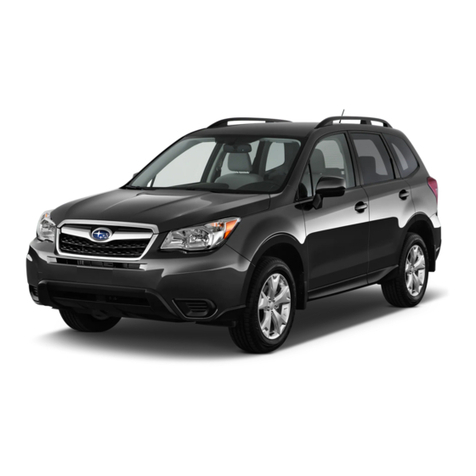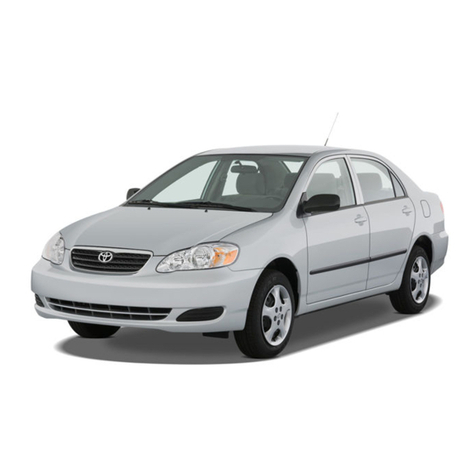
FRONT SUSPENSION 9
FRONT SUSPENSION SYSTEM
DATA AND SPECIFICATIONS
Models P-30, LP-1 P-31, LP-2
Type Torsion Bar-Independent Suspension
Camber Left wheel + 'A to 0 degrees (Ye degree preferred)
Right wheel + 1/2 to -1/2 degree (0 degree preferred
Caster Manual Steering 0 to - 11/2
Power Steering + 11/2 to 0
(Set left and right side the same)
Toe-In %2 inch to 5/32 inch (1/s inch preferred)
Toe-Out on Turns With inside wheel at 20 degrees, outside
wheel should be 171/2 to 19 degrees
Steering Axis Inclination 61/2 degrees
Tie Rods Symmetrical
Wheel Bearing Type Tapered Roller
Tread Front 60.9 inch
Rear 59.6 inch
Wheel Base 118 in. all except Suburban
122 in. Suburban
TORQUE SPECIFICATIONS
Upper Ball Joint Stud Nut 100 ft. lbs.
Lower Ball Joint Stud Nut 135 ft. lbs.
Upper Control Arm Inner Pivot Bushing Bolt Nut 55 ft. lbs.
Upper Control Arm Support Bracket Screw-Lower 50 ft. lbs.
Upper Control Arm Support Bracket Screw-Upper 70 ft. lbs.
Lower Control Arm Shaft Nut-Outer 180 ft. lbs.
Lower Control Arm Shaft Nut-Inner 125 ft. lbs.
Lower Control Arm Strut Bushing Nut 40 ft. lbs.
Lower Control Arm Strut Bolt Nut 65 ft. lbs.
Tie Rod Clamp Bolts 10 to 15 ft. lbs.
Remove shock absorber lower eye mounting bolt and Remove the lower mounting bushing from the shock
nut from mounting bracket. Push the shock absorber up absorber eye using Tool C-3553, as shown in Figure 8.
sufficiently to retract piston rod, then slide shock ab- Press bushing out of eye.
sorber down and out between lower control arm and
frame. The lower cup washer may remain in place or
drop through when shock absorber is removed. Place the lower mounting in position. Using Tool
Using a suitable drift, force the inner steel sleeve out C-3553, press bushing into shock absorber eye until
of bushing, then remove bushing from frame opening. centered.
Check bushing for deterioration or fatigue. Install new
bushing as required. Before installing new bushing, in-
sert steel sleeve then dip bushing in water. Place in
position on frame. Using a hammer and rod of suitable
size, drive bushing into opening of frame. When in-
stalled properly, the groove in bushing will index with
opening in frame.
INSTALLATION
CAUTION
Always press against steel sleeve to avoid dam-
age to the assembly.
PDF compression, OCR, web optimization using a watermarked evaluation copy of CVISION PDFCompressor
MyMopar.com

